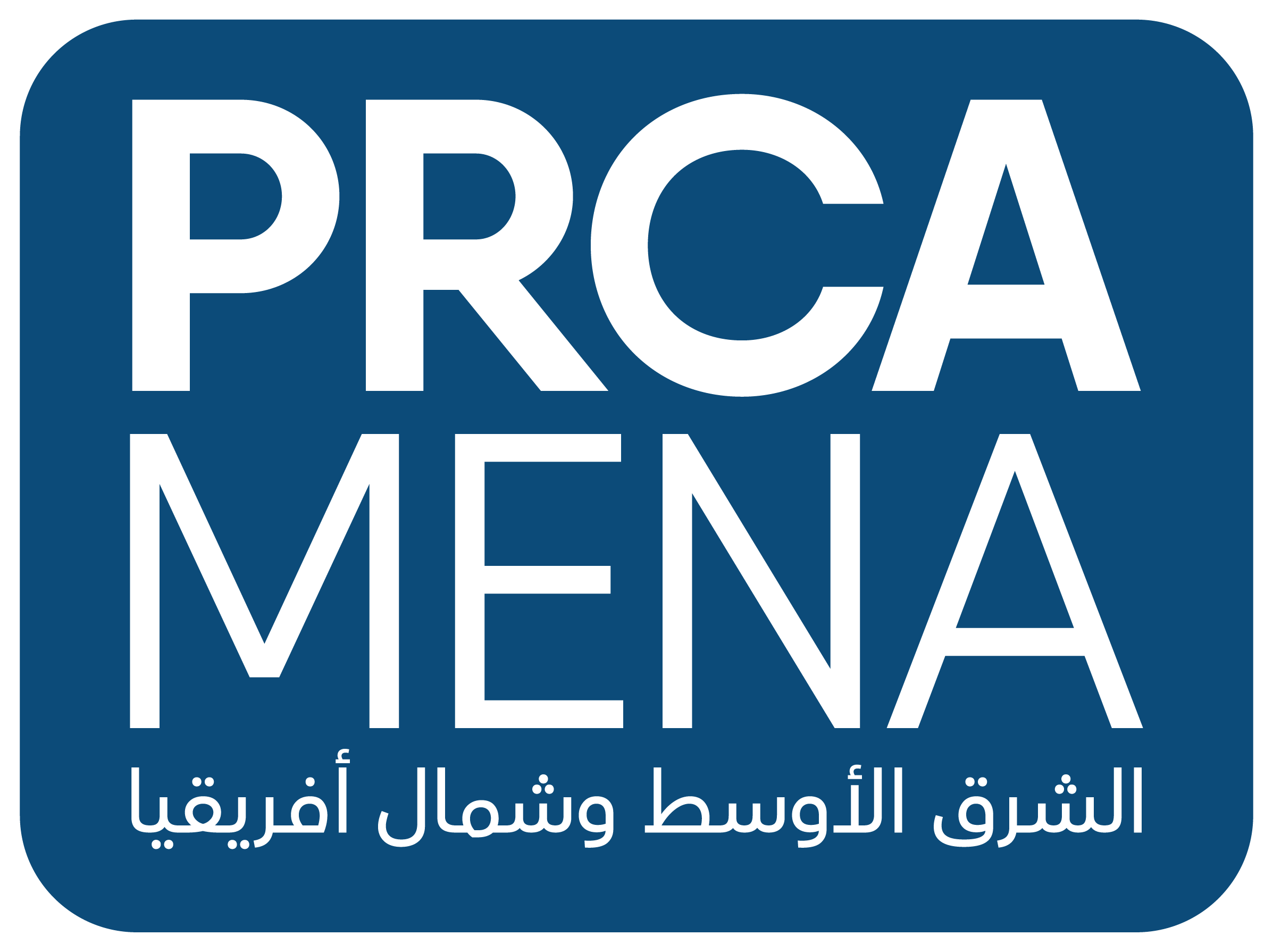Top corporate wellness trends shaping the workplace of tomorrow
With burnout, presenteeism and psychological safety becoming more common in our workplace discussions, we call upon the industry to join us to inspire a paradigm shift where workplace wellness becomes the solid foundation for an organisation’s talent management strategy
It is no secret that Covid-19 has pivoted the corporate world. With heightened health consciousness, another aspect of work that the crisis has impacted is corporate wellness.
The World Health Organisation (WHO) reports that, globally, more than 264 million people suffer from depression. The Saudi National Mental Health Survey published in 2019 found that an astounding 80 percent of the Saudi population diagnosed with a severe mental health disorder do not seek treatment.
A further study conducted last year and published in the European Journal of Psychotrauma compared current mental health trends in the kingdom with pre-Covid-19 trends and found the risk of depression had increased by a staggering 71.2 percent.
While the resilience and sheer determination of our national and regional governments are making it increasingly clear that we will get through this difficult time, it is also apparent that the changes spurred on by the pandemic will last for a long time.
Initiatives like the annual World Wellness Weekend, celebrated around the world this year from 18-19 September, serve as an ideal platform for all of us to step back, reassess and strategise to combat prevailing mental health stressors that continue to emerge as destructive forces in the workplace.
At AMAALA, we strongly believe that employee motivation goes beyond just great salaries and benefits. As we strive to become the world’s first truly holistic and integrated wellness destination, it was imperative for us to be diligent in connecting with employees and proactively encouraging team members to evaluate: “How can I live a healthier and better life?”
With burnout, presenteeism and psychological safety becoming more common in our workplace discussions, we call upon the industry to join us to inspire a paradigm shift where workplace wellness becomes the solid foundation for an organisation’s talent management strategy.
But how do we move to action? Treating employee wellbeing as a strategic priority is the start.
 Initiatives like the annual World Wellness Weekend serve as an ideal platform for all of us to step back, reassess and our strategies.
Initiatives like the annual World Wellness Weekend serve as an ideal platform for all of us to step back, reassess and our strategies.
Enable, educate, empower
Perhaps the biggest change we have experienced is fusing the boundaries of professional and personal lives with working from home. Many of us (unconsciously) face the challenge of overworking, struggling to never fully switch off and hence opening the door for burnouts.
Hybrid work provides an opportunity to action small changes that are bound to make a big impact – be it discussing how to collaborate, encouraging employees to block out time, respecting employee break-time or increasing internal communications about the importance of rest, hydration, and nutrition.
Another effective approach to improving employee mental health is building a strong community. A healthy work environment starts with an empowered leadership that prioritises the mental and physical wellbeing of all employees.
Effective communication also requires adequate training of HR leaders to identify and address mental health stressors, or even creating dedicated roles focused on health and wellbeing.
Organisations across the kingdom are making significant strides in this endeavour. In line with the Saudi Vision 2030, the National Centre for Mental Health launched the ‘Promoting Mental Health in the Work Environment’ program in 2020 to provide employees with stress management skills and promoting the importance of mental health. The program has already been implemented at more than 30 government entities.
Encourage wellness discussions
Too often, there is a stigma attached to the very idea of mental health, and in workplaces, this can translate to a gap in honest conversations. By establishing an open and accepting environment, employers should make it known that teams are welcomed and encouraged to bring up concerns relating to their mental health and general wellness. Benefits should include access to flexible working, regular health check-ups and telehealth services, and opportunities to speak with a nutritionist or mental health coach.
Family wellness programs
Family wellness has yet to cement its spot on the global radar, but it may very well get there this year. Many employers have extended their remote work policies to allow for more flexibility and a healthier work-life balance for working parents.
As a bonus, extending wellness benefits to your employees’ families shows them that you care about their wellbeing beyond the office.
 Hybrid work provides an opportunity to action small changes that are bound to make a big impact.
Hybrid work provides an opportunity to action small changes that are bound to make a big impact.
The future is digital
An increasing appetite for digital health solutions means technology will play a fundamental role in our new approach to workplace health. Now is the perfect time to reassess how apps and devices can empower employees to better manage their physical and mental health. Solutions vary from single apps to entire workplace wellness platforms that cover physical and mental health.
Bottom line
Mental, physical, financial, and family wellness are intrinsically intertwined and, by extension, exemplify how important a holistic approach to employee wellbeing is. Businesses need to pivot workplace strategies to not only safeguard employee health but also enhance engagement and productivity in these unrivalled times.
In the future, organisations that make wellbeing a core part of their DNA will undoubtedly emerge as the career destinations of choice.
Published by Arabian Business on Sunday 19 September 2021 11:24 AM.




